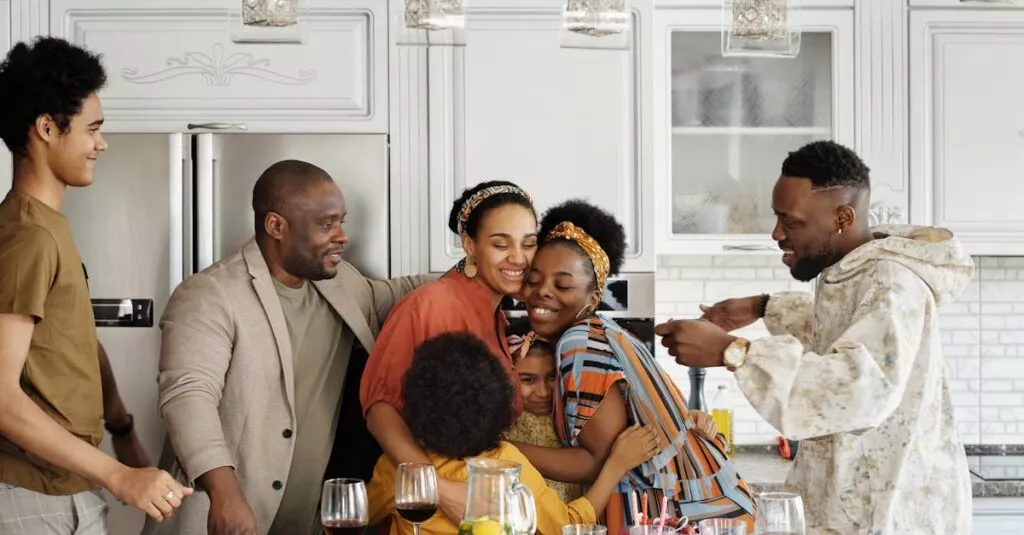The Art of Saying Sorry
Embarking on the journey of instilling the value of repentance in pre-schoolers can feel like trying to explain quantum physics to a cat. However, fear not! With some creativity and patience, it becomes as enjoyable as a family game night.
The art of teaching your little ones to say ‘sorry’—and mean it—kicks off with leading by gentle examples. Start simple by apologizing to them when you make a mistake. Yes, even adults slip up sometimes!

Remember, patience and consistency are key when teaching young children valuable life lessons like saying sorry. Encourage empathy and understanding in your little ones to help them grasp the concept of apologizing and make it a heartfelt gesture rather than just a word. With time and practice, they will learn to acknowledge their mistakes and make amends.
Understanding Feelings
Pre-schoolers are like little sponges, absorbing emotions and reactions around them. However, understanding the complexities of feelings is not their forte yet. Discussing emotions openly helps them recognize and name what they’re feeling. A tactic as simple as saying, ‘It seems like you’re feeling upset because we can’t play outside today,’ opens a door to discussing feelings, the cornerstone of understanding the need for repentance.

Setting the Right Example
Actions speak volumes, particularly to the observant eyes of a child. Consistently demonstrating the importance of seeking forgiveness not only in words but in actions, sets a powerful example. When parents navigate their errors with grace and humility, it teaches children the real strength in admitting faults. This everyday practice embeds the value of repentance more than any lecture could.

Creating a Forgiveness Culture
Crafting an environment where forgiveness is as natural as breathing encourages kids to practice repentance without fear of judgment. This includes praising efforts to make amends and discussing the impact of actions on others. Such a culture nurtures emotional intelligence and empathy, essential qualities for genuine connections. Remember, a home filled with understanding is the best classroom for life’s valuable lessons.

Learning Through Stories
Children adore stories, making them a fantastic vehicle for lessons on repentance and forgiveness. Who wouldn’t want to learn about saying sorry from their favorite characters? Incorporate books and tales that emphasize these themes, discussing the storylines and moral lessons. Use questions like, ‘How do you think the rabbit felt when the fox apologized?’ to deepen their understanding and empathy.

Summary: Utilize storytelling to teach valuable life lessons such as repentance and forgiveness in an engaging and memorable way for children.
Encouraging Open Conversations
Fostering an environment where feelings and mistakes can be discussed openly without fear goes a long way. Encourage your child to express when they’re sorry and why, helping them put their emotions into words. This doesn’t just apply to children; parents too should participate, demonstrating it’s okay to talk about our feelings and mistakes. Such conversations reinforce the lessons on repentance and forge stronger family bonds.

